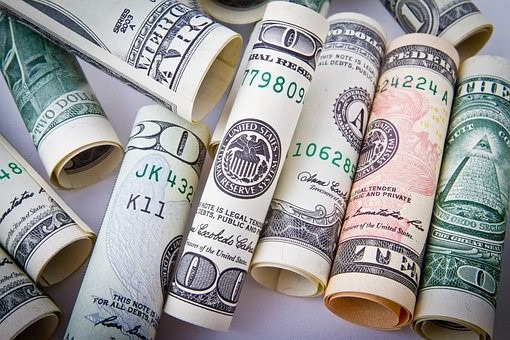In the European currency market, the US dollar experienced a 0.2 per cent decline, elevating the euro to 1.0695 US dollars, as reported by Mina and citing Seebiz. This shift reflects the ongoing fluctuations in currency values influenced by global economic conditions.
Contrasting this trend, the dollar’s exchange rate against the Japanese yen surged approximately two per cent to 134.15 yen (JPY). During the week, the dollar index broke the 104-point barrier, achieving a six-week high. This increase was due to data indicating persistent inflationary pressures in the United States, contrary to investors’ earlier expectations. Despite the Federal Reserve’s aggressive rate hikes over the past year, the US economy and labour market continue to demonstrate considerable strength.
Federal Reserve’s Ongoing Rate Policy
The Federal Reserve has expressed intentions to persist with interest rate increases. Previously, it was speculated that the rate hike cycle might end with the key interest rate below five per cent. Moreover, there was anticipation of a potential rate cut cycle towards the end of the year, contingent upon sufficient easing of inflation.
World Food Prices: An Upward Trajectory
The global food market should witness continued price increases, according to leading food producers. Despite reaching an inflation peak, the costs of essential commodities should rise further. This trend is compelling consumers to gravitate towards more cost-effective products.
Nestle, the planet’s largest food production group, projects an additional hike in basic foodstuff prices this year. Following an average price increase of 8.2 per cent last year, Nestle anticipates further adjustments to balance the escalating costs that threaten profit margins.
This economic overview, spanning currency dynamics and food pricing trends, highlights the interconnected nature of global markets and the multifaceted challenges they face.















